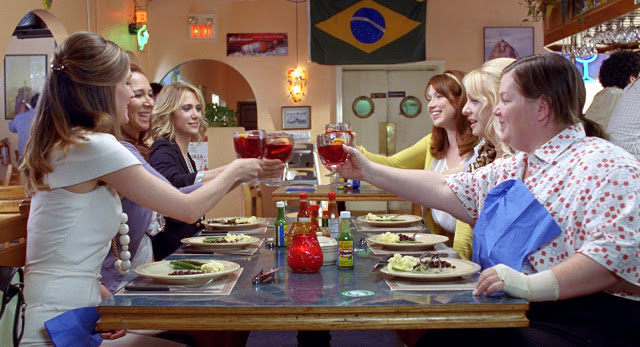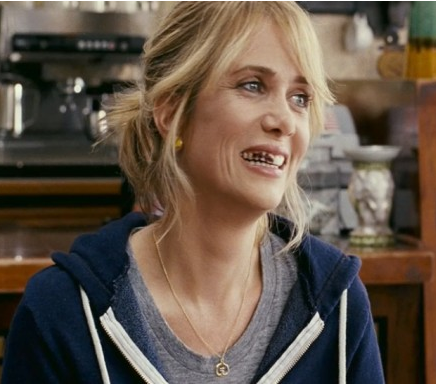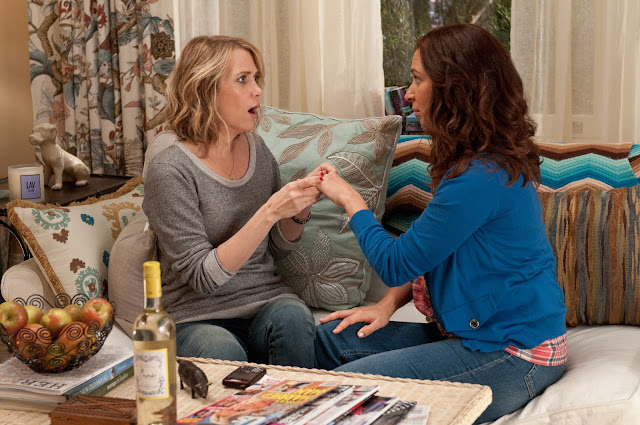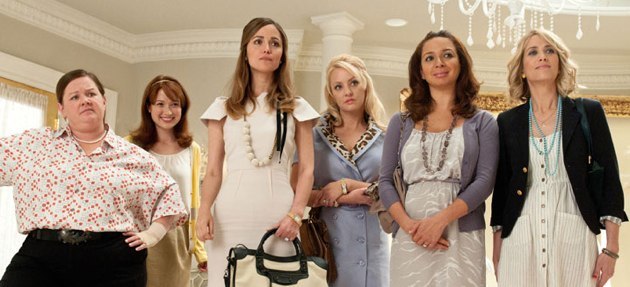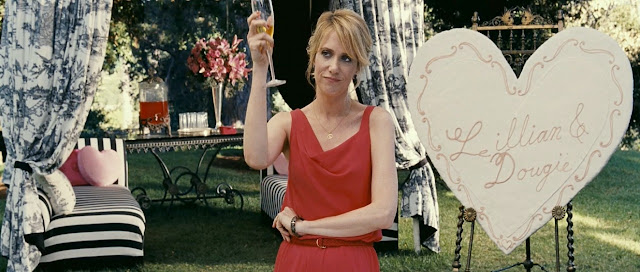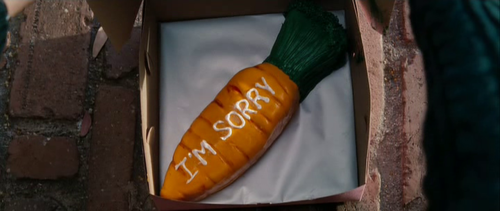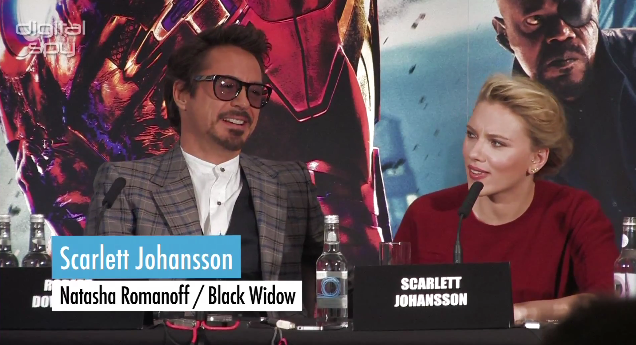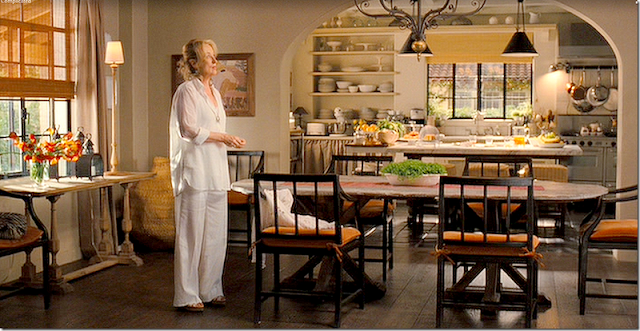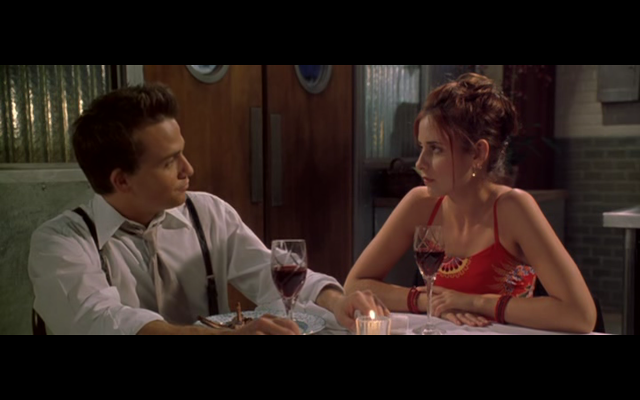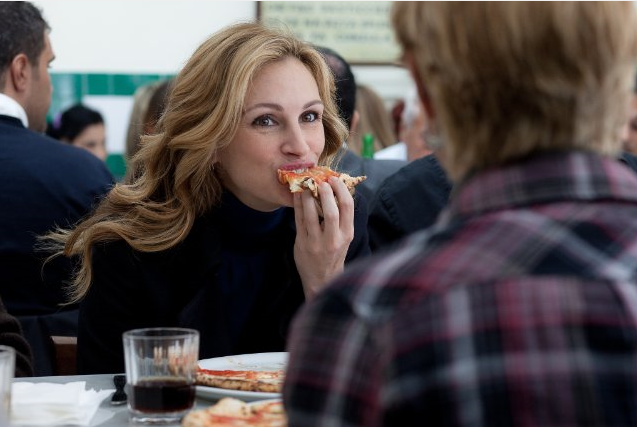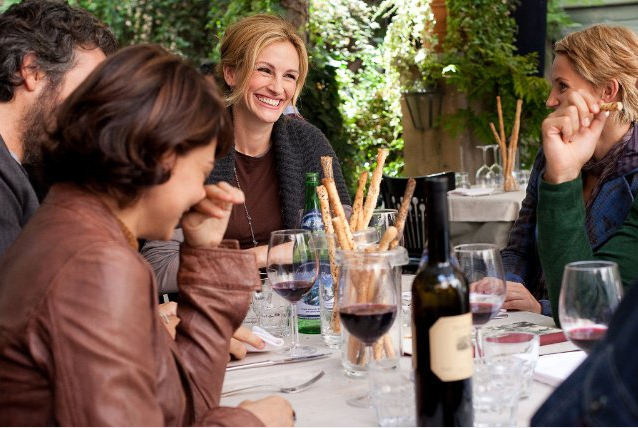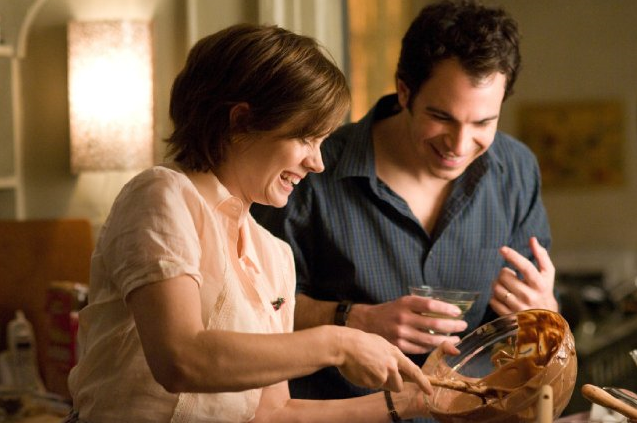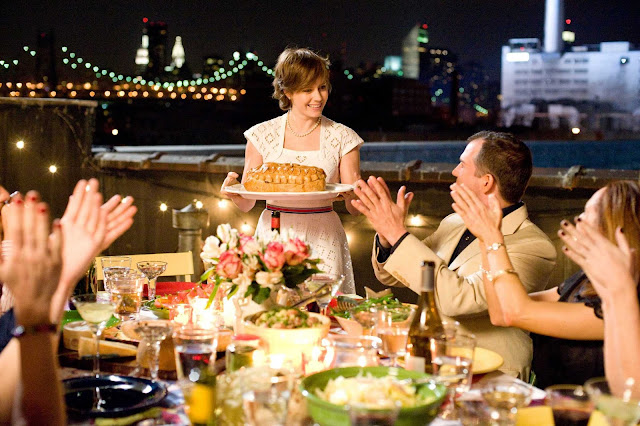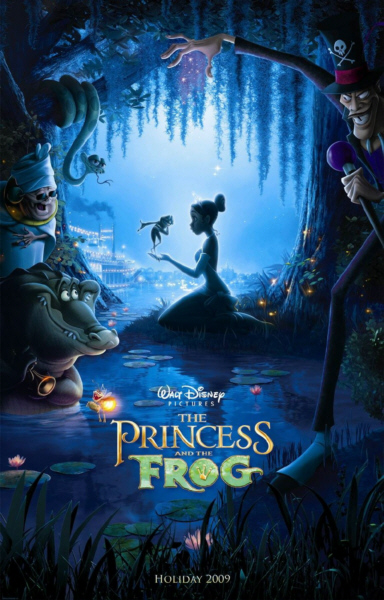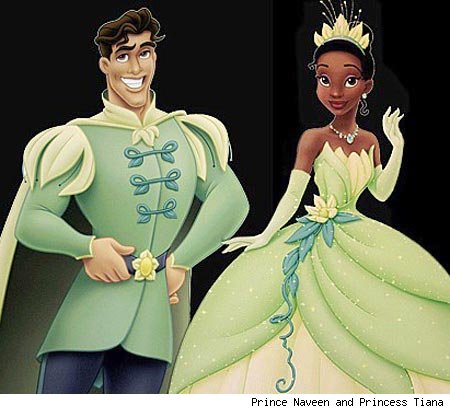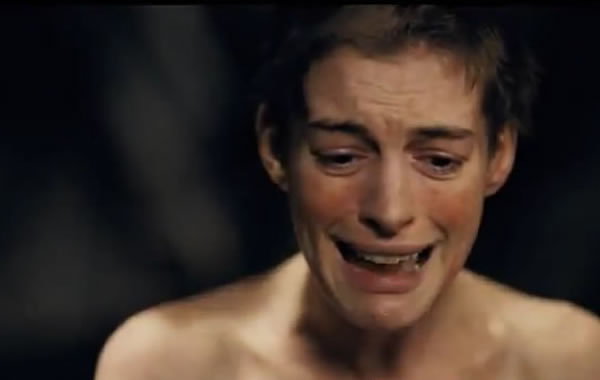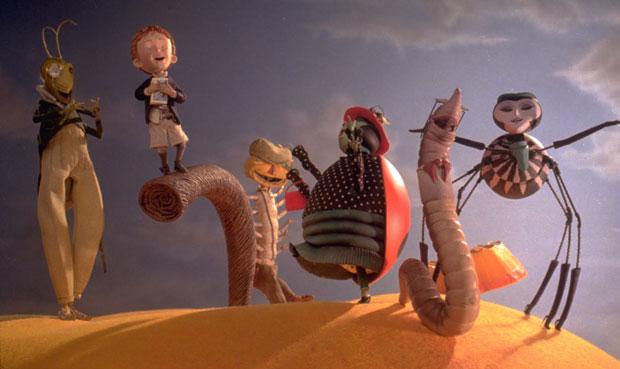Pop-Tarts and Pizza: Food, Gender, and Class in Gilmore Girls by Brianna Low
While it could be argued that it is somewhat progressive of the Gilmore Girls series to portray two women who have no hang-ups about publicly consuming large amounts of food, it is important to remember that despite their voracious appetites, Rory and Lorelai are still conventionally attractive, thin, white women. Living in the quirky, depoliticized utopia of Stars Hollow, there is no real examination of the way in which the Gilmore’s racial and class privilege exempt them from the social condemnation that is frequently directed at poor single mothers and women of color whose food choices or weight are often criticized without any real consideration to the inequalities in accessibility to healthy, affordable food.
Life is Sweet by Alisande Fitzsimons
A young woman with an eating disorder lashing out at everyone around her but never hurting them more than she does herself? Check. A mother desperately trying to stay strong and support her mentally ill child, in spite of the frustration that child’s self-destructive tendencies cause? Check. A closeted lesbian dreaming of escape but ultimately remaining stable and strong for everyone around her? Check.
A Woman’s Place in the Kitchen: The Cinematic Tradition of Cooking to Catch a Man by Jessica Freeman-Slade
Young women have heard throughout time that “the way to a man’s heart is through his stomach,” and film and television have done an excellent job of backing up this assumption. Not all women who can cook were taught to do so at the behest of future matchmakers, but the prevailing attitude, taught to us in women’s magazines and through the constant refrain of mainstream narratives, is that if you catch a man, you’d better make a decent meal. The loathsome popularity of dishes such as “engagement chicken” carry with them the promise that women need only master the kitchen to hook a man. DIY domesticity, maybe, or just cooking to couple up, but either way, it’s an uncomfortably old-fashioned message.
The Hunger Games Review in Conversation: Female Protagonists, Body Image, Disability, Whitewashing, Hunger & Food by Megan Kearns and Amber Leab
I didn’t really have a problem with Lawrence being older than Katniss. Although I totally agree about the concern for girls “conflating girlhood with womanhood.” But I suppose it didn’t bother me so much because Katniss is never sexualized. She cares about archery, not what she’s wearing. While Katniss receives a pageant-style makeover, so do the male tributes. While it hints at it, I just wish the movie had conveyed the book’s satire of toxic beauty standards.
Simply Irresistible by Janyce Denise Glasper
Though Simply Irresistible leaves on a clichéd note and more silly goofiness — like are we supposed to believe that a girl could have her makeup and hair done after hours? — it still serves up a dish of possibilities. Certainly not the best of the romantic genre nor the worst, this film’s minute charm and cheesiness is the stuff greasy pizza is made of.
James and the Giant Peach by Libby White
The Aunts are horrific caretakers; starving, beating, and emotionally abusing James relentlessly. Mind you, this is a movie for children. And like in most children’s movies, the Aunts’ outward appearance reflects their inner evil. Both women are made to look terrifyingly cruel and yet simultaneously clown-like, dressed in orange-red wigs and slathered on make-up. During their first 20 minutes on screen, the two women participate in dozens of morally reprehensible practices, everything from shameless vanity to verbally attacking a woman and her children.
Extreme Weight Loss for Roles Is Not “Required” and Not Praiseworthy by Robin Hitchcock
But it is bad for women, and bad for our culture. More diet talk, more body talk, perpetuation of the myth that weight loss is a noble pursuit and merely a matter of dedication. Voluntary adoption of disordered eating is not praiseworthy. These types of body transformations are not artistically necessary, and certainly not “required.” So let’s hope actors stop endangering their health for roles. We can suspend our disbelief over a few dozen pounds.
Cake Boss: A Sweet Confection with Dark Filling by Lauren Kouffman
Interestingly, though Carlo’s Bake Shop seems to employ a fleet of women as “cake decorators” (the distinction is clearly drawn here, in contrast to the male bakers), more screen time is paid to the colorful personalities of the few men that work there: Mauro the number two, Hothead Joe, Danny “The Mule”, and Cousin Frankie. Their characters have been fleshed out enough to act as Buddy’s consigliere, while the women are granted occasional group reaction shots. Moreover, all of the male bakers wear chef’s coats and white pants — even the delivery boy is dressed in all white — and none of the women are required to be in uniform. In Carlo’s Bake Shop, baking is a serious business, and the visual and social cues here reveal that women are neither taken seriously, nor considered a real asset to the business.
World Champion Eaters: The Paradox of the Gilmore Diet in Gilmore Girls by Amanda Rodriguez
On the surface, eating junk food and tons of it may seem subversive in its rejection of traditional values surrounding womanhood, motherhood, and class, but it is, in truth, an enactment of the male fantasy of the beautiful, slender woman who loves to eat and doesn’t worry about her weight. Within this context, their eating habits seem more in-line with an idealized concept of womanhood rather than a dismissal of it.
Arresting Ana: A Short Film About Pro-Anorexia Websites by Amber Leab
Fighting eating disorders is important work, and the fact that the subject is being discussed at all in France’s legislature is a good thing. However, criminalizing illness isn’t. Better reforms seem to be the ones directed at body image: banning excessive photoshop use in magazines and advertisements, requiring models to be at a healthy weight, and speaking out against body policing and shaming–whether it happens in media or in our private conversations.
The Princess and the Frog by Janyce Denise Glasper
Charlotte and her daddy make Tiana’s family work like slaves even though they are paying for them. Much too docile and meek, Tiana and her mother take this dominating behavior and its sickening, even for an animated cartoon.
The Fork Fatale: Food as Transformation in the Contemporary Chick Flick by Jessica Habalou
What is unique about Liz and her relationship with food is that for her, it is not a mere comfort, means of escape, or potential nemesis. Food and the pleasures of eating bring Liz closer to herself, and to other people. Given the frequency with which she dines with companions in Italy, it is difficult to believe that Liz would feel utterly despondent and isolated. The only moment in which she seems to regress to her emotionally fragile, post-breakup self is when she is alone in her apartment, once again pursuing her Italian dictionary, and repeating to herself: “io sono sola,” or, “I am alone” (in this moment, the camerawork shows the dictionary’s words from Liz’s vantage point, blurred as if seen through tears).
Eclairried Away: Is It Love or Sugar Shock in Simply Irresistible? by Carleen Tibbetts
Amanda’s cooking has gone from abysmal to five-star. She’s thinking positively about her chosen profession. The restaurant is thriving. The place is hopping. She’s a success. She’s a genius. She’s a successful businesswoman. She done her momma proud. She’s a sister doing it for herself. BUT WAIT, SHE’S SINGLE AND THUS INCOMPLETE!
Trophy Kitchens in Two Nancy Meyers’ Films, Something’s Gotta Give and It’s Complicated by Emily Contois
Food and cooking serve as symbols and narrative devices in these two films, representing and communicating the multidimensional nature of middle-aged women in not only the traditionally feminine roles of mother and housewife, but also the pro-feminist roles of career woman and lover. These different roles need not be in conflict within Meyer’s leading women, however. The “older bird” genre tells stories of sexual reawakening, a process that thus shifts the balance and requires ongoing negotiation of the self within the characters’ heretofore established identities.
Scarlett Johansson Tired of Sexist Diet Questions by Megan Kearns
Johansson has spoken in favor of feminism (yet doesn’t necessarily call herself a feminist) and female friendship, supports Planned Parenthood and condemns Hollywood’s ageism against women calling it “a very vain, vain industry.” So it’s no surprise she calls out this bullshit. I only wish more actors and members of the media would follow her lead.
Bridesmaids: Brunch, Brazilian Food, Baking, and Best Friends by Laura A. Shamas
In the hierarchy of a wedding, a bride and groom are the most important roles. Bridesmaids, taken as an archetypal female construction, may be seen to represent “sisterhood,” a unified group of female attendants to the bride. If so, the dysfunction of this specific collective, as revealed in Act Two, serves as wry, hilarious commentary on aspects of the dark feminine and our wedding rituals from the female gaze.
